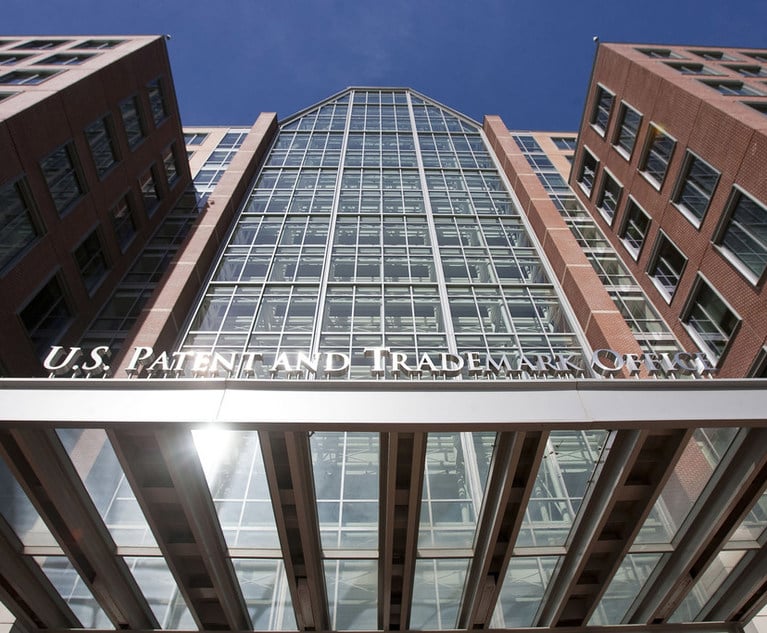In Part One of this article, in last month’s issue, we discussed the IBM v. Zillow case, where IBM sued Zillow for infringing on seven IBM’s patents directed to artificial intelligence (AI) algorithms for estimating property value. The focus was on the difficulties in establishing patent infringement on specific AI algorithms, as well as the strategic advantages of including additional patent claims that target ancillary features of an AI system. In this segment, we will analyze the claims made in the IBM v. Zillow case and present some tips for drafting AI-related claims from the perspective of patent infringement.
Claim Drafting Techniques Must Consider Deep Learning Technologies and How They Are Infringed
From a claim drafting perspective, some improvements can be made to the ’183 patent. Specifically, the “comparing” step in claim 1 appears to consolidate a training step and an inference step into one, which may introduce several risks from an infringement perspective.









